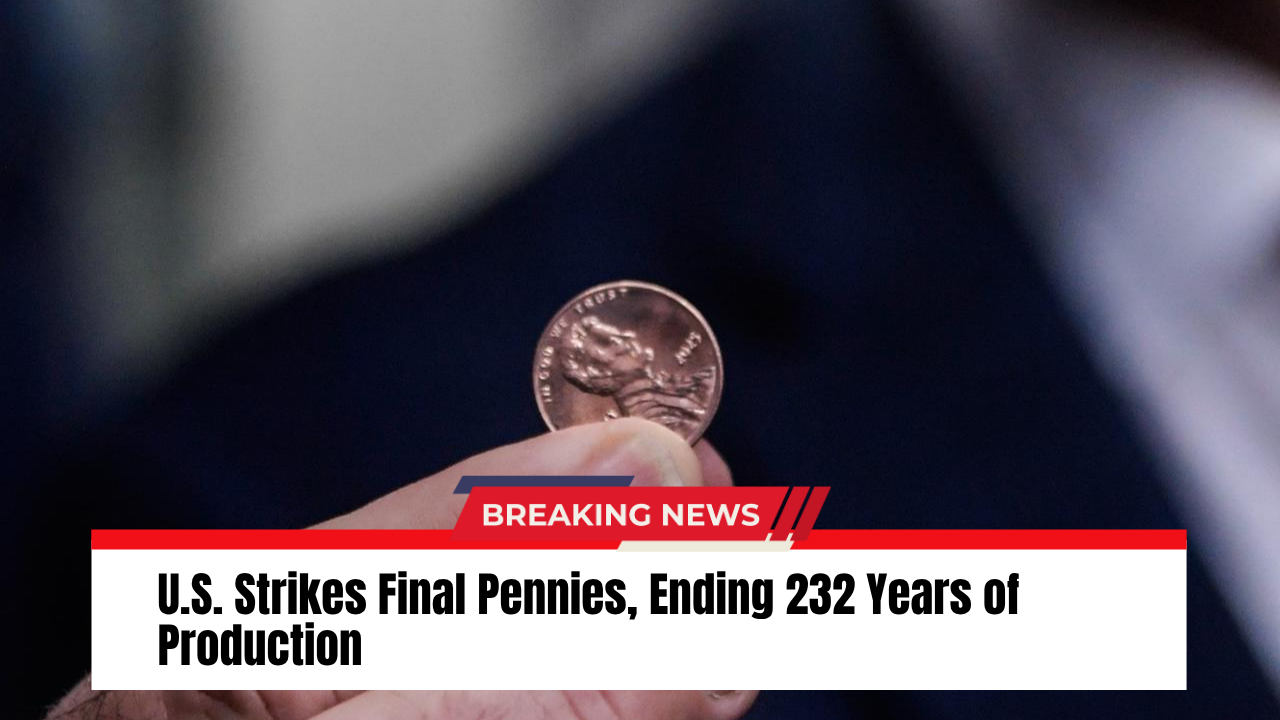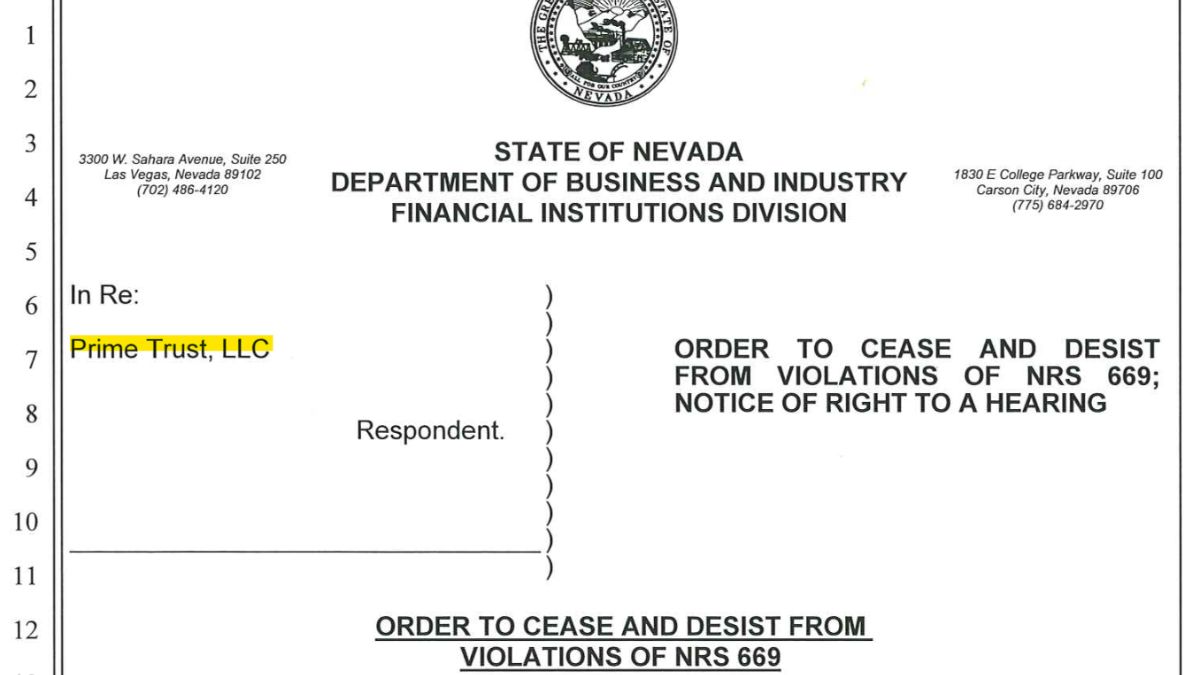The United States has officially struck its final batch of circulating pennies, marking the end of an iconic chapter in American currency. Treasurer Brandon Beach visited the Philadelphia Mint on Wednesday to press the last five one-cent coins, closing a 232-year tradition that began in 1793.
The move follows President Donald Trump’s February directive ordering the Treasury to stop producing what he called an increasingly “wasteful” coin. Retailers, gas stations, and major chains are already adjusting cash prices to account for rounding, though digital payments will remain exact.
Why the penny is ending
The Treasury Department said rising production costs and shifting consumer habits accelerated the decision. It now costs 3.69 cents to manufacture a single penny — more than double the cost just a decade ago.
Treasury officials called the coin “financially untenable,” noting more than 300 billion pennies are still in circulation — far more than the economy requires.
The United States is joining countries like Canada, New Zealand, and Australia, which phased out their lowest-value coins years ago.
Final pennies to be auctioned
Production of circulating pennies stopped months ago, but a limited set of newly minted coins — marked with an Omega symbol — will be auctioned in December.
The five pennies struck on Wednesday will be included in that auction. U.S. Mint Acting Director Kristie McNally said the first and last coins could pull bids near $100,000, with proceeds going toward operational costs and any surplus returned to the Treasury.
Details on the auction will be posted soon on the U.S. Mint website.
Impact and reactions
The Treasury estimates the halt will save about $56 million annually. While pennies will remain legal tender, experts expect many people will begin hoarding them as keepsakes.
Economist Gabriel Mathy of American University called the change “inevitable,” given rising costs, though he noted the penny’s cultural significance will linger.
Some in Congress, including Rep. Frank Lucas, have been pushing for legislation to reduce the expense of producing low-value coins. He said lawmakers are working on a bipartisan plan to answer the president’s call to reduce taxpayer losses — an issue linked closely to constitutional authority under Congress.
Meanwhile, banks are urging Americans to bring in spare pennies to help ease localized shortages created by slow circulation and fewer coin-processing terminals.
Collector versions of the penny will continue to be made in limited quantities, Mint officials said — and in a surprise twist, a small run of gold pennies is also planned.



